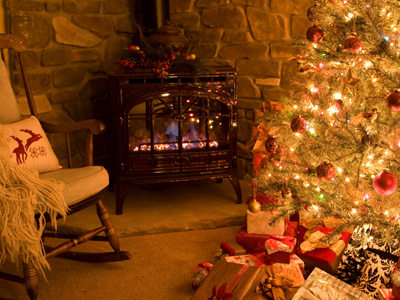This Literature quiz is called 'A Christmas Carol - Understanding the Text' and it has been written by teachers to help you if you are studying the subject at high school. Playing educational quizzes is a user-friendly way to learn if you are in the 9th or 10th grade - aged 14 to 16.
It costs only $12.50 per month to play this quiz and over 3,500 others that help you with your school work. You can subscribe on the page at Join Us
This high school English Literature quiz challenges you on understanding the text of A Christmas Carol by Charles Dickens. Before you can analyze or write about a text, you need to understand it. Although this seems obvious, it is not always easy. After all, if authors merely had a simple message to convey, it would not take them thousands of words to do so! Reading a text from long ago, or from another country, or even one written in a strong dialect can make the task more difficult. It often takes a little time to get used to how a particular author writes.
Authors use many methods in order to convey meaning.
They do not often state what they mean directly. Instead they communicate through character, setting, plot, theme and dialog. Consider each of these elements closely in order to help your understanding of the text. Re-reading can often be a big help, especially if you realize that you might not have understood everything. If you find yourself having to re-read sections, or even the entire book, don’t worry! This happens to everyone and just shows that you have been paying attention!
When reading a text, your comprehension works on several levels simultaneously. You should consider how context and setting relate to events and think about the relationship between different events. Create a timeline or a plot summary: these are very useful methods for understanding a text. Since A Christmas Carol involves a form of time-travel, at least in visions, you will probably not need reminding that events in texts are not always revealed in the order in which they occur chronologically. Chapter summaries can help with your revision, since they enable you to visualize the structure of the text, especially when that differs from the chronological timeline.
Analyzing beginnings and endings is a fantastic way to revise. Why do you think the text begins as it does? How do you find out about a character’s past? Of course, this probably seems obvious in A Christmas Carol, but you might need to look a little deeper. Is anything understated, or left for you to work out for yourself, rather than being told directly? Are future events foreshadowed? How? Analyze individual chapters in the same way, considering the significance of their beginnings and endings. Undertaking careful and detailed analysis of this sort will really improve your knowledge and understanding of the text!
Read the questions below on A Christmas Carol and test your knowledge and understanding of the text.








